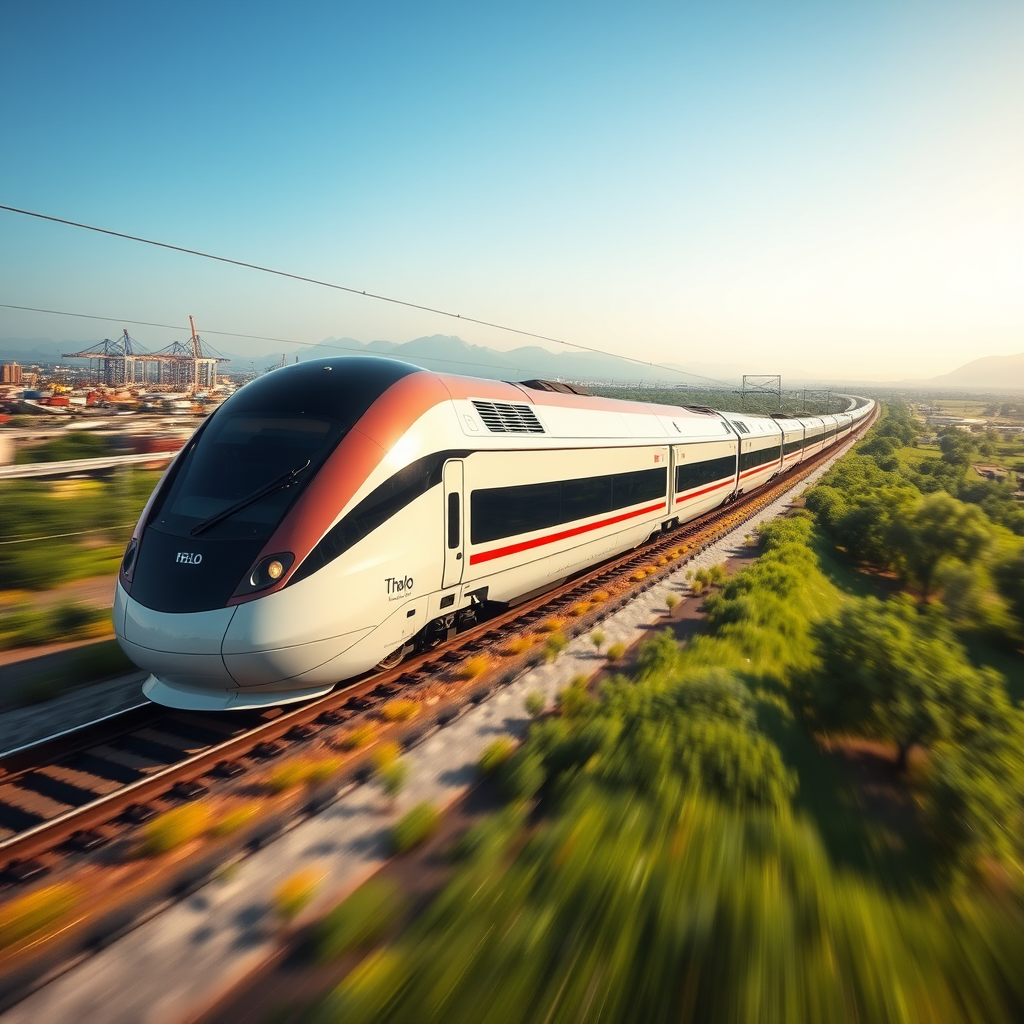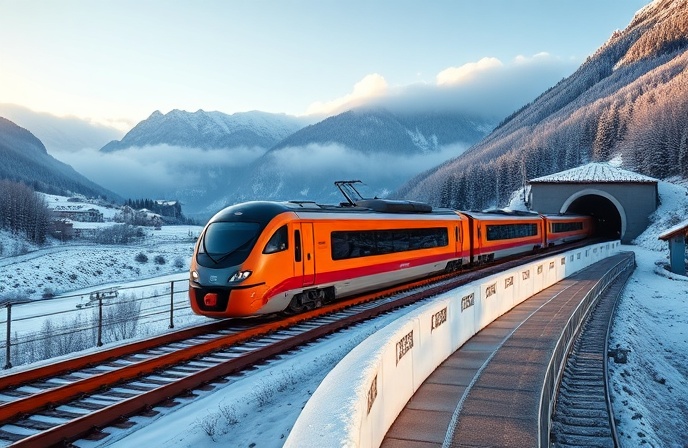Surat Metro: 2026 Construction Update & Route Map
Gujarat’s Surat Metro Rail Project, a 40.35km network, is nearing completion, boosting urban transport and reducing congestion. Railway sector news.

Surat Metro Rail Project: A Technical Profile and 2026 Status Update
The Surat Metro Rail Project is a 40.35 km mass rapid transit system under advanced construction in Surat, Gujarat, engineered to enhance urban mobility and support the city’s significant economic growth. This two-corridor network, managed by Gujarat Metro Rail Corporation (GMRC), integrates advanced signaling and sustainable infrastructure to address increasing transportation demands in one of India’s fastest-growing urban centers.
| Attribute | Details |
|---|---|
| Project Name | Surat Metro Rail Project (Phase 1) |
| Location | Surat, Gujarat, India |
| System Length | 40.35 km (Corridor 1: 21.61 km; Corridor 2: 18.74 km) |
| Max Operational Speed | 80 km/h |
| Estimated Cost | ₹12,020 Crore (approx. US$1.71 Billion) |
| Status (as of late 2025) | Under Advanced Construction |
| Key Contractors | J Kumar Infraprojects, Gulermak-SAM India JV (Tunnelling), ITD Cementation, Siemens (Signalling), Dilip Buildcon |
Technical Specifications
The project’s engineering is defined by its two-line network. Corridor-1, the Sarthana to Dream City line, features a mixed alignment with 15.14 km of elevated viaduct and a critical 6.47 km underground section passing through the city’s densest areas. This underground segment is being excavated using Tunnel Boring Machines (TBMs). Corridor-2, from Bhesan to Saroli, is a fully elevated 18.74 km line. The Majura Gate station is designed as the primary interchange, facilitating seamless passenger transfer between the two corridors.
Operations will be managed by a Communications-Based Train Control (CBTC) system with Automatic Train Operation (ATO), allowing for high-frequency services with minimal headway. The system utilizes a 1,435 mm standard gauge track. The rolling stock consists of modern, stainless steel three-car trainsets, designed for high passenger capacity and energy efficiency, with provisions for future expansion. Power is supplied via a 750V DC third rail system, and depots at Dream City and Bhesan are equipped for comprehensive maintenance.
Key Takeaways
- Economic Catalyst: The metro network will significantly enhance connectivity to Surat’s key commercial hubs, including textile markets and the Diamond Bourse, catalysing economic activity and streamlining logistics.
- Decongestion and Sustainability: By providing a reliable public transit alternative, the project is projected to reduce road congestion, decrease vehicular pollution, and contribute to an estimated annual offset of 40,000 tonnes of CO2 emissions.
- Technological Benchmark: The implementation of ATO, a centralized Operation Control Centre (OCC), and an integrated Automatic Fare Collection (AFC) system positions the Surat Metro as a modern technological benchmark for transit projects in other Tier-II Indian cities.
Frequently Asked Questions (FAQ)
When will the Surat Metro open to the public?
The priority corridor of the Surat Metro is expected to become operational by mid-2026, with the entire 40.35 km Phase 1 network scheduled for full commissioning by late 2027. This timeline is subject to final testing and statutory safety clearances from the Commissioner of Metro Rail Safety (CMRS).
Who is building the Surat Metro?
The Surat Metro is being executed by the Gujarat Metro Rail Corporation (GMRC), a joint venture between the Government of India and the Government of Gujarat. Major construction and systems contracts have been awarded to a consortium of leading national and international firms, including J Kumar Infraprojects and Dilip Buildcon for civil works, Gulermak-SAM India JV for tunneling, and Siemens for signaling and electrification systems.


